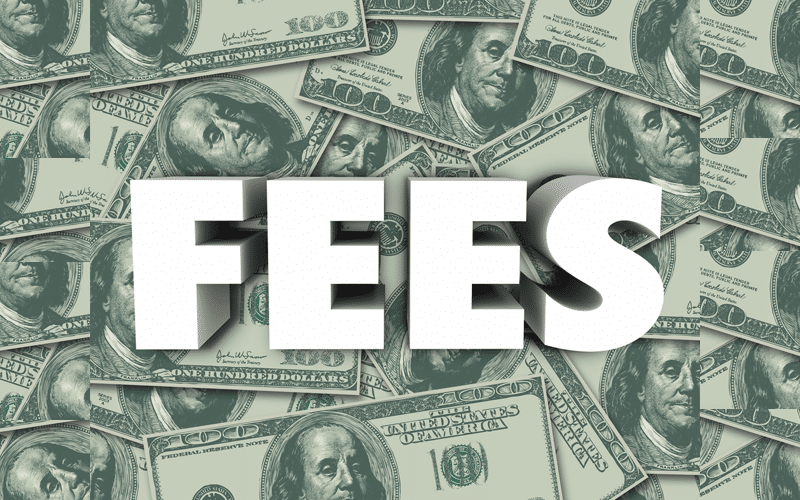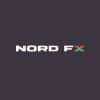
There are expenses that forex traders must pay to conduct their trading. There are optional fees for items that the trader may choose to buy, such as news services, specialized technical analysis services, gadgets to use, speedier connections, and mandatory costs, which are expenditures that every trader must pay.
You’ll have to pay a specific amount in charges or commissions for each deal you make with a broker. These fees differ from broker to broker, although they are generally small. These are generally the only expenses you’ll have to pay when trading.
Why should a trader know the cumulative fee involved?
FX trading may appear to be a straightforward operation, but many traders miss these trading fees and consequently underestimate the difficulties of making a long-term profit. Failure to generate a profit for many forex traders is not necessarily due to a lack of ability to trade successfully; occasionally, a mishandling or miscalculation of the expenses involved can fail when the trading outcomes should, in principle, lead to success. A trader can be better equipped to manage their capital by looking at the direct costs of trading.
Obligatory costs
Swaps
It’s a commission paid for keeping an open position overnight. You can even profit on swaps in unusual circumstances, as the central bank’s interest rate determines the commission charge.
You can even profit on swaps in unusual circumstances, as the central bank’s interest rate determines the commission charge.
How to cut on swaps
- Examine your open positions. Positions with little profit potential should be closed.
Spreads
There are floating and fixed spreads. Spread is a fee paid to a broker for purchasing or selling an asset that covers the broker’s costs and profits on the transaction.
How to save money on spreads
- Trade liquid currency pairs have a lower spread than unpopular ones due to their liquidity.
- Spread might be rewarded through a rebate service in a partnership arrangement.
- Narrow spreads should not be pursued. Brokers will profit from hidden commissions if they do not gain on the spread.
- Scalping tactics and hedging should be avoided.
Slippage
It occurs when supply and demand are not matched. For instance, a trader places a purchase order at a specific price, but the price has already gone higher, making the deal less lucrative. The broker asks the trader if it is okay to open a position at the current price. In contrast, a trader is deciding what to do, the price rises. A trader loses money since the position was not launched at a reasonable price at the start. The provider determines the time it takes to place an order and the rate at which prices change.
How to cut costs on slippage
- Adjust the slippage limit parameter in MT4 to avoid losing money due to re-quotes.
- Use pending orders, moving them up or down a few points depending on the price direction.
- Do not trade for at least an hour before and after a major news event.
- Trade over a longer period.
- Never cut corners when it comes to your Internet connection, data transfer pace, or hardware.
Operational costs
Purchasing a computer
Computers are expensive, and you have to purchase multiple displays for advanced traders.
How to cut on cost
- Purchase a computer with a capacity that satisfies the broker’s criteria and trading standards. Once you determine the brokerage firm you want to use, customer support can assist you in selecting the configuration. This will help in that you won’t have to upgrade later, thus increasing the costs.
Advisors and signals
There are no efficient free expert advisors, let alone signals, and free robots can only be used for testing or backtesting.
How to cut on cost
- Create your own trading strategy.
- Choose a strategy or Expert Advisor and optimize it. Obtain an investor password after purchasing an EA, thoroughly analyzing its trading data, and determining its authenticity.
- Instead of paying for signal services, consider social trading.
Commissions
The trader on each trade pays a commission.
Types of commissions
Fixed fee: Under this approach, the broker charges a set amount regardless of the size or volume of the trade. For example, a broker may charge a $100 commission per performed transaction with a predetermined cost, irrespective of the transaction amount.
Relative fee: This is the most frequent method of calculating commission. The magnitude of the trade determines a trader’s cost. The bigger the trade volume, the higher the monetary value of the commissions.
How to cut costs
- Traders who deal in large volumes may pay a fixed commission to keep expenses down.
- Smaller traders with lower volumes may choose a commission based on size since it results in lower relative costs for their trading.
Leverage
This is a tool used by traders to boost the profits on their initial investment. The cheap availability of leverage is one of the reasons why forex markets are so popular among investors. The charge can be increased by the associated transaction expenses when utilizing high leverage.
Leverage not only magnifies your losses but also magnifies your transaction fees as a proportion of your total account value.
How to cut costs
Just be cautious about using leverage and do the calculations, especially when including commissions and spreads.
Conclusion
The potential to generate a profit might be limited if you don’t pay attention to all fees. Every trader should know the expenses involved in each trade they make. There are ways to keep the costs down, and one should take advantage of them to avoid losses.








Leave a Reply